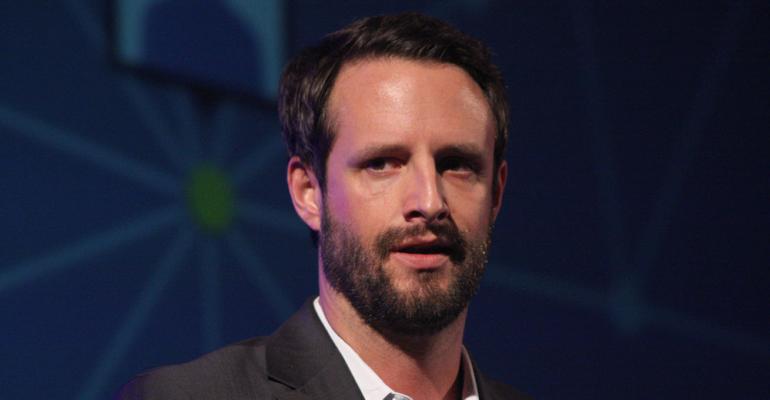The Internet is spurring an increase in automotive cross-shopping, say experts who track consumer behavior.
On Google, shoppers spend 27% of their time researching the vehicle they end up buying, but check out other vehicles the rest of the time, says Michelle Morris, the search-engine giant’s automotive industry director.
“Seventy-three percent of consumers’ in-market research was spent cross-shopping,” she says at a recent J.D. Power and Associates conference. “Sixty-three percent start out with an initial consideration, but they don’t always stick to it.”
The online path to buying a car is long and winding. That’s especially true for young consumers.
People in their late teens to mid-30s show less brand loyalty than do their elders, says Rick Wainschel, vice president-automotive insights for AutoTrader.com. “We’re seeing Millennials less committed to a brand. They are more open to other considerations.”
It is common for Internet shoppers to have one or two vehicles in mind as they start shopping. That list often lengthens as their online research progresses, Wainschel says, noting many cross-shoppers mull over whether to buy a new or used car.
“Seventy-six percent of people who bought a new car looked at a used car along the way,” he says. “There is much back-and-forth. The Internet has created a virtual car lot.”
Consumers expand vehicle considerations based on what they see online and what social-media contacts tell them, Doug Frisbie, Facebook’s global head-automotive, says.
He tells of a friend who originally planned to buy a Honda Civic hybrid, but opted instead for a Toyota Prius at the urgings of social-networking friends.
“That happens on Facebook millions of times a year,” Frisbie says. “People are using digital platforms in ways that are different than how they used to shop.”
What happens online doesn’t always match off-line shopping patterns, says Tom Penich BMW of North America’s media communications director.
“We’ve sold digital (marketing) as a savior because you can track it, but we’ve oversimplified what people do online as it translates to their off-line behavior,” he says.
BMW uses analytics or “behavioral-targeting methodology” to find out why some online shoppers show an interest in the brand but then end up buying a competitor’s car.
BMW targets that no-sale group, hoping to get them next time. “We develop a marketing campaign aimed at them and try to conquest them,” Penich says.
Automotive marketers increasingly monitor social-media websites such as Facebook and Twitter to glean consumer data.
“We’re tapping into VOC (voice of the customer),” says Chad Jacoby, Nissan North America’s senior manager-social media and marketing. “Until recently, that revolved around research methods. Now we get insightful information (on social media) from customers and fans.”
Other Internet trends of late:
- “For the first time, we’ve seen more shoppers use dealer websites over OEM sites,” says Google’s Morris.
- Use of mobile devices such as smartphones and computer tablets continues to rise, but that doesn’t mean people have ditched their laptops and desktops. “We’re not seeing a migration to mobile, but just a sheer increase in the number of devices in use,” says Doug Simpson, Facebook’s group director-global marketing solutions.
- It is quality over quantity when it comes to social-media “friends,” says Facebook’s Frisbie. “A lot of businesses think it’s more important to build up the number of fans. Instead, make your best customers your fans and allow them to tell your story.”
Because car shoppers do much preliminary work online, they are less likely to go from dealership to dealership after they’ve logged off, studies indicate.
Shoppers today visit 1.4 dealerships before purchasing a car, down from 4.5 in 2005, according to J.D. Power.
Consumers are primed to buy when they visit a dealership. But it’s not always a done deal at that point, according to a CAR-Research XRM.
The firm polled shoppers on why they left a dealership without buying. “Still shopping” ranked at 25% as the main reason, followed by price, financing and inventory issues.




